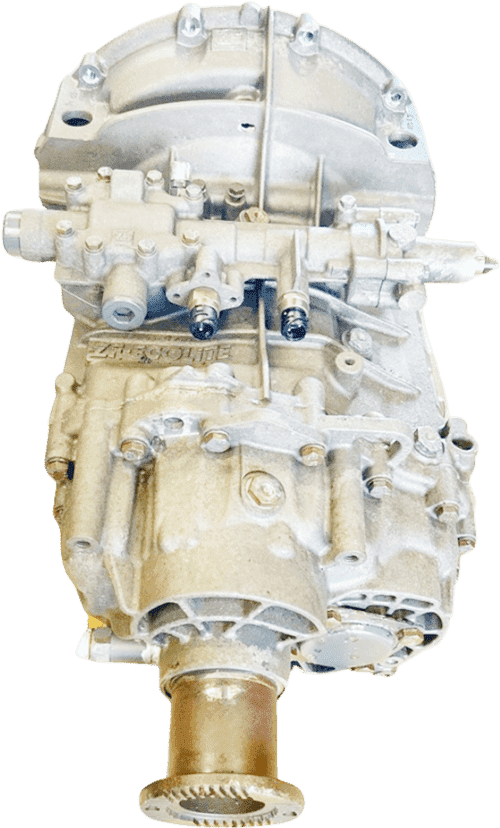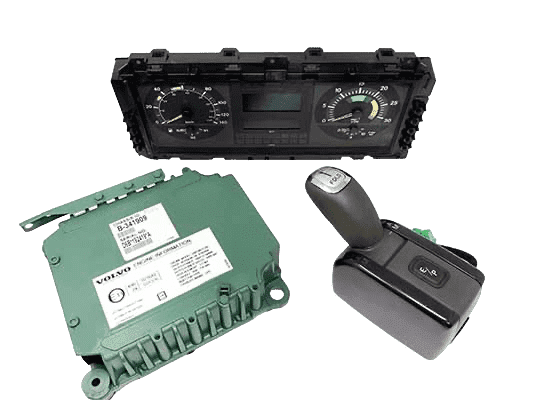A tandem gear oil pump combines two hydraulic gear pumps in a single housing, delivering dual independent oil flows for complex truck hydraulic systems.
These robust units power everything from walking floors to multi-stage tipping operations where synchronised or separate flow rates are essential.
Working pressure and displacement
Tandem pumps deliver substantial working and maximum pressures to handle demanding applications (over 180 BAR in most cases).
Higher displacement sections suit main operations like trailer tipping, while lower displacement sections handle supplementary equipment efficiently – both pump sections work to power heavy-duty equipment.
Installation specifications
Your tandem pump requires proper mounting support, with unit weights varying by displacement configuration. Inlet and outlet port combinations typically range from 1″ to 1¼” BSP, with correct sizing crucial for optimal flow characteristics.
Related: A guide to truck hydraulics fitting and adapters
Primary pump sections typically measure 202.5mm in length with 133.5mm housing heights, while secondary sections vary based on displacement. Proper dimensioning ensures adequate clearance for maintenance access.
Flow distribution
Tandem pumps need correct system sizing for best efficiency. Primary sections handle main floor movement in walking floor setups.
Secondary pumps power auxiliary equipment like tailgates and truck-mounted cranes, letting you run multiple functions smoothly.
Applications and system integration
Tandem pumps excel in combination wet kit installations where multiple hydraulic functions operate simultaneously. Walking floor trailers benefit from dedicated flow to both floor sections and auxiliary functions, while tipper operations can maintain separate circuits for main lift and tailgate functions.
The independent flow paths allow operators to optimise pressure and flow for each circuit, improving system efficiency and reducing heat generation during intensive cycles.
Maintenance considerations
Tandem pumps have seals and bearings that wear down – check for unusual noises or vibrations every few weeks and note any irregularities (your tandem pump should be vibration-free except during heavy loads).
Proper oil temperature and viscosity are crucial — cold oil flows poorly, while overheated oil loses lubricity and can damage internal components. So, for longevity’s sake, operate it at the recommended pressure readings and temperatures.
Safety and performance
Never exceed 210 BAR on your tandem pump’s maximum pressure rating. The limit protects the entire hydraulic system from potentially catastrophic mechanical stress and component failure.
Install appropriate pressure relief valves in each system section to safeguard equipment and maintain optimal oil viscosity and temperature for consistent, reliable performance.
Apply practical operational wisdom by avoiding overloading, minimising unnecessary stress, and ensuring proper environmental conditions to prevent premature pump degradation and unexpected mechanical breakdowns.
Additional reading: How hydraulic gear pumps work
Summing up
Tandem pumps are for use in hydraulic systems with double tanks – you can use them to power multiple components to provide power for equipment. Specifying the right pump is as simple as sizing your displacement requirements.
For example, a pump might offer:
- 1st pump displacement: 82L/1000 RPM
- 2nd pump displacement: 51L/1000 RPM
Match your inlet and outlet sizes for full compatibility.


















